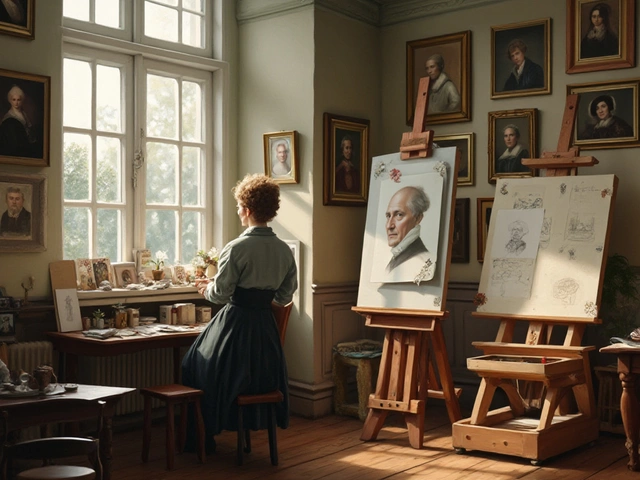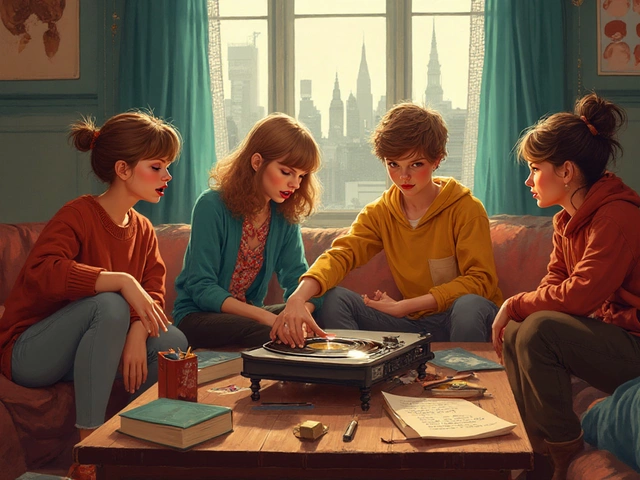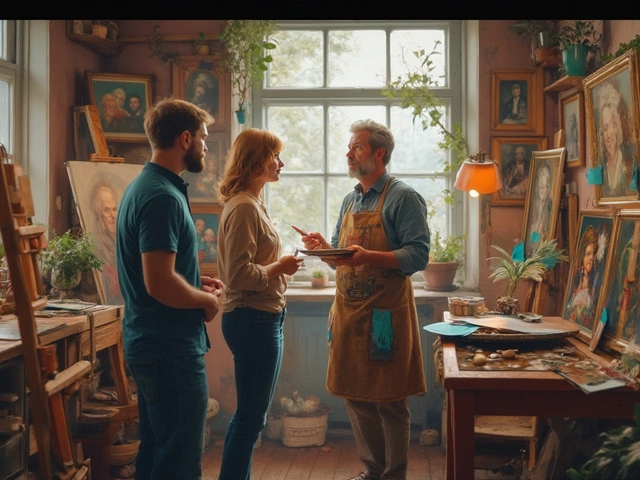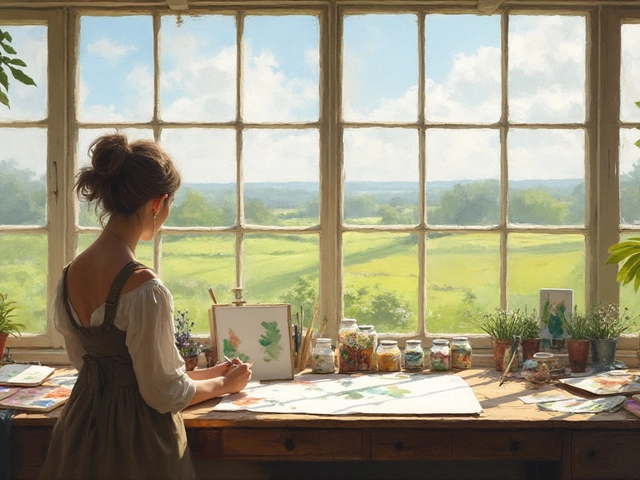Art Styles: Understanding the Variety in Visual Expression
When exploring art styles, the different ways artists categorize visual expression, you’ll quickly meet several major branches. One popular branch is abstract art, non‑representational work that focuses on color, shape and gesture, which often challenges the eye. Another key category is modern art, 20th‑century movements that broke traditional rules and introduced new concepts. Finally, digital art, creations made with software or hardware tools, reshaping how we define style today. art styles are the backbone of every visual discipline, guiding how artists think, create, and share their work.
Why Abstract Art Matters
Abstract art sits at the core of many contemporary art styles. It emphasizes emotion over realism, using bold color fields, gestural brushwork, and unexpected composition. The style encompasses ideas like color theory, visual rhythm, and the psychological impact of shape. Artists who master abstract techniques often experiment with materials—acrylic, mixed media, or even digital brushes—creating pieces that can be both calming and provocative. Because abstract art strips away recognizable subjects, it forces viewers to engage with pure visual language, making it a powerful tool for personal expression and gallery impact.
Abstract art also influences other modern art movements, feeding them with fresh visual vocabularies. When you look at a modernist work, you’ll often find abstract elements woven into the fabric of the piece, showing how one style can shape another.
Modern Art: Breaking the Rules
Modern art represents a pivotal shift in the history of art styles. It includes movements like Cubism, Surrealism, and Pop Art, each bringing its own set of principles—fragmented forms, dream‑like imagery, or commercial iconography. These movements influence contemporary styles by challenging notions of representation and opening doors for hybrid approaches. For example, a modernist painter might blend abstract color blocks with figurative hints, creating a dialogue between two previously separate worlds.
Modern art also introduced new techniques such as collage, assemblage, and ready‑made objects, expanding the toolbox for creators across all styles. Understanding these innovations helps you spot the lineage behind many current trends, from street art to digital installations.
Digital Art: Tools and Opportunities
Digital art is the newest frontier in the landscape of art styles. It requires software like Photoshop, Procreate, or 3‑D modeling programs, and often integrates with emerging tech such as AI generators and virtual reality. This style blurs the line between creator and coder, offering artists new revenue streams—NFTs, prints, commissions, and subscription platforms—as highlighted in many of our featured posts.
Because digital tools can mimic traditional media, artists can experiment with abstract, modern, or even landscape techniques without the constraints of physical materials. The flexibility of layers, brushes, and filters lets creators iterate quickly, making digital art a dynamic hub where old styles meet new possibilities.
Landscape Painting and Sculpture: Where Styles Meet
Landscape painting showcases how art styles can merge representational content with stylistic flair. By layering atmospheric perspective, lighting tricks, and compositional rules, painters turn real scenery into emotive scenes. Adding figures—people, animals, or structures—creates a genre blend that deepens narrative impact.
Similarly, sculpture adds a three‑dimensional angle to style discussions. Whether carved, modeled, cast, or assembled, sculptural works embody the same principles of abstraction, modernism, or digital influence, but in physical form. The interplay between surface texture, material choice, and spatial composition illustrates how style governs not just what we see, but how we experience art in space.
Our collection below dives deeper into each of these areas—abstract techniques, modern movements, digital workflows, landscape composition, and sculptural methods—giving you practical insights and real‑world examples. Keep reading to discover how each style shapes the creative world today.
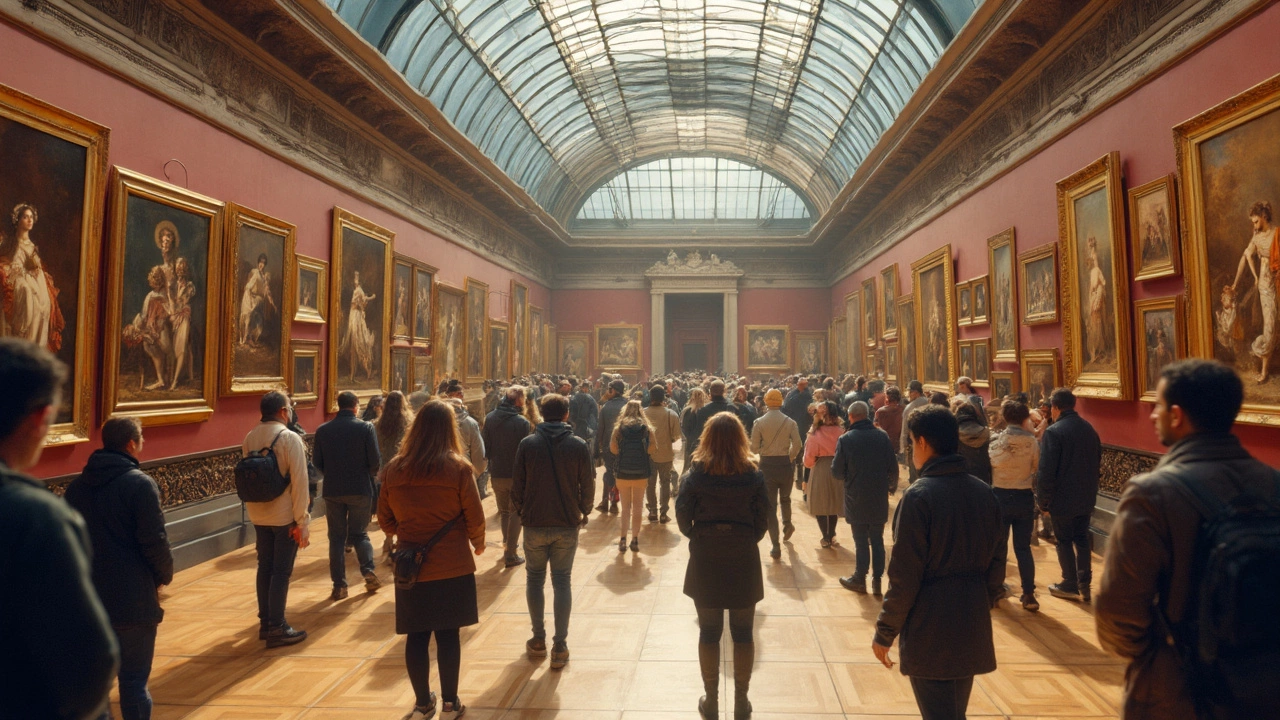
Ever wondered why people argue about what counts as fine art or modern art? This article cuts through the confusion, showing you how to spot the differences without an art history degree. You'll learn about their origins, unique features, and why it actually matters. Plus, you'll get handy tips for spotting them in museums—or even deciding what to hang on your wall. Perfect for anyone who wants to get smarter about art, fast.
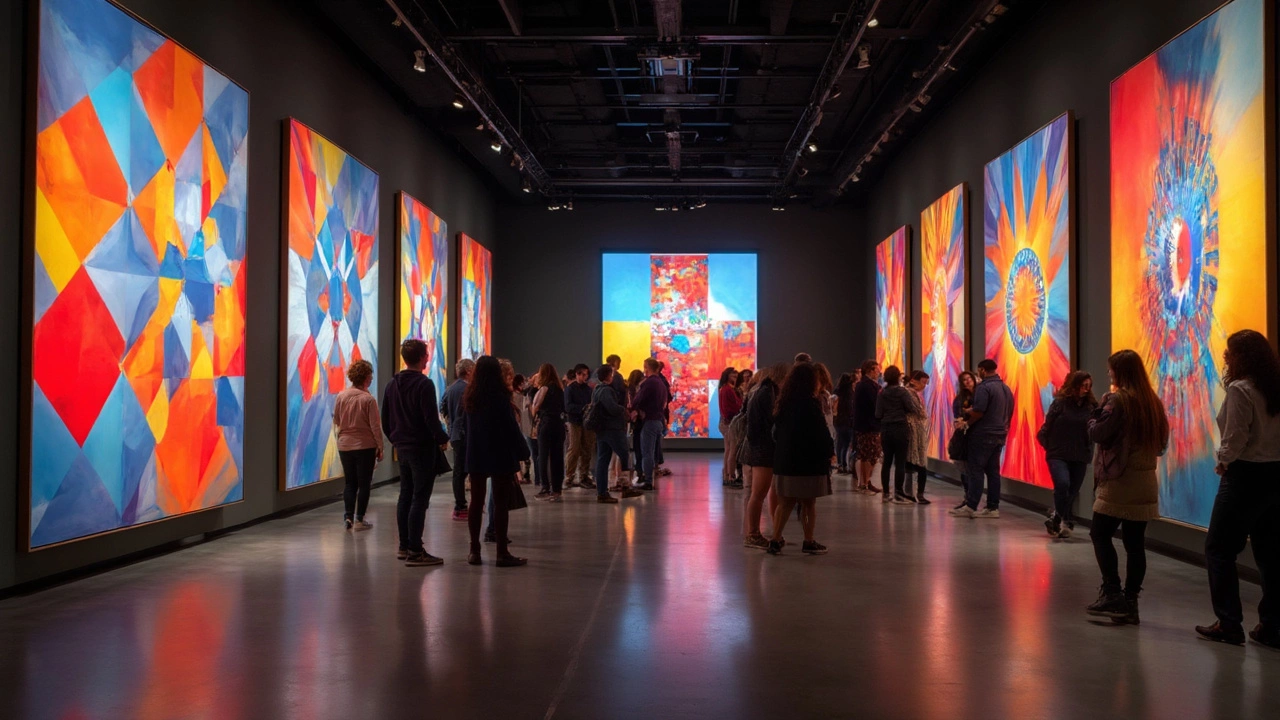
Abstract art is a fascinating world where rules are tossed aside, encouraging artists to express things that can't be captured in a photograph. It broadly splits into three main types: geometric abstract art, abstract expressionism, and action painting. Explore these categories to understand their unique features and gain insight into how they challenge traditional perspectives. Dive into a realm free of literal depiction and discover the power of shapes, color, and unconventional forms.
